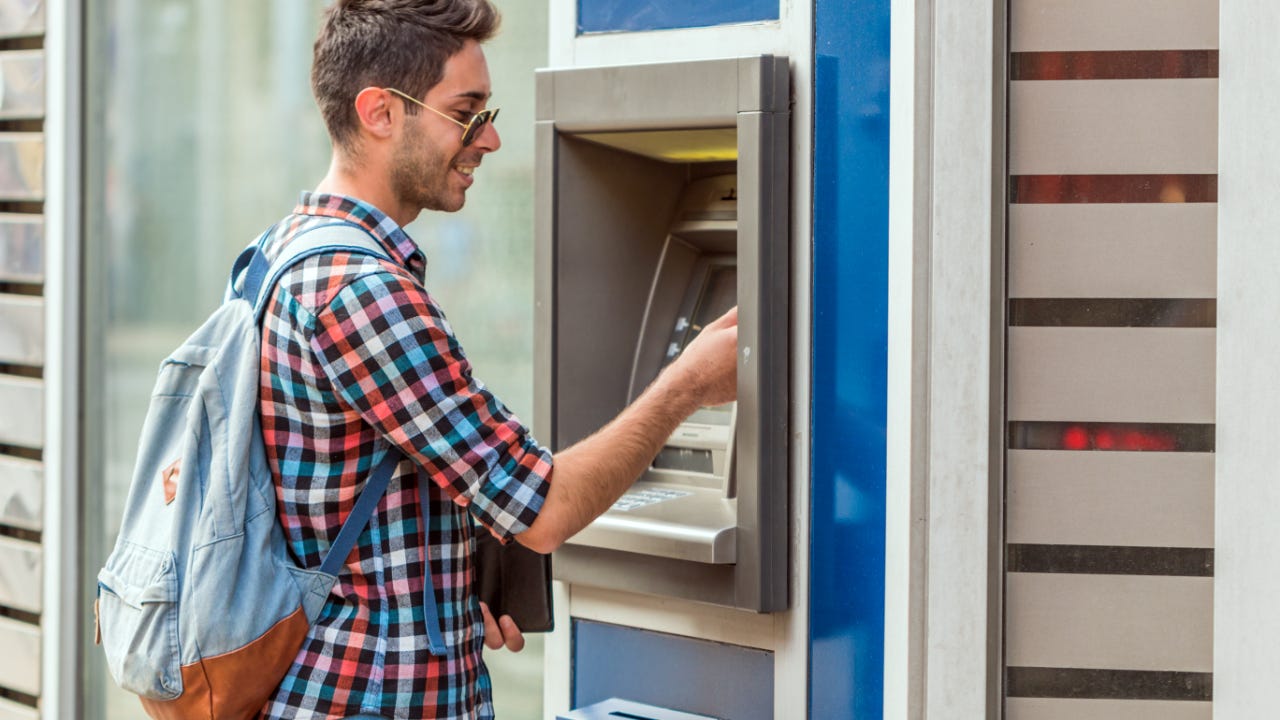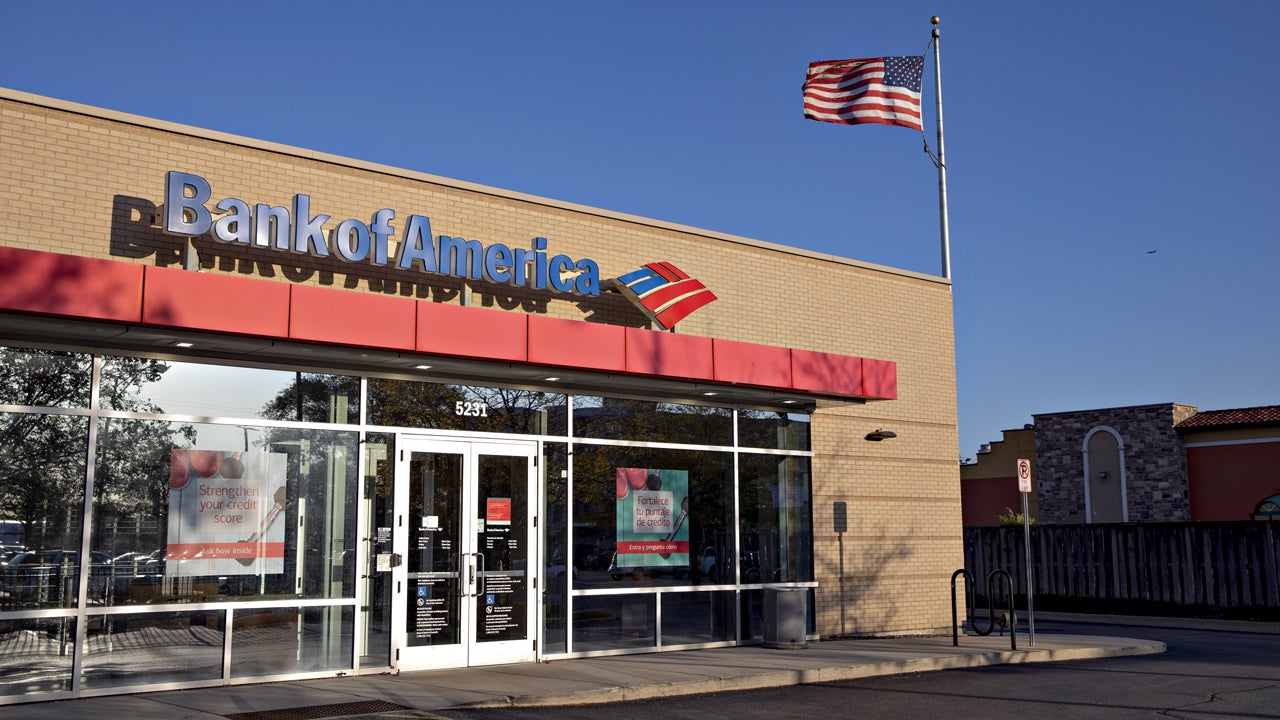How much are ATM fees?




Key takeaways
- ATM fees have risen over the past year, averaging $4.86 per transaction, according to Bankrate data.
- These fees are a combination of charges from the bank and the ATM’s owner.
- Strategies to avoid ATM fees include staying within a bank’s ATM network, using mobile banking services, or choosing an online bank that offers a large ATM network or reimburses ATM fees.
ATMs are a convenient way to access cash, but ATM fees can quickly add up, especially if you are withdrawing cash from a machine outside of your bank’s or credit union’s network. Depending on the ATM and your bank, you could face multiple charges, including fees from your bank and ATM surcharges from the machine’s owner.
What are bank ATM fees?
Many banks and credit unions have a network of ATMs that allow you to access your money without extra charges. But if you use an ATM outside of that network, you may face additional fees, including:
ATM operator fee. Also known as ATM surcharges, operator fees are charged by the ATM owner when noncustomers use its machines. ATM owners can include banks, businesses unrelated to banking or even individual investors looking to earn passive income.
Your bank’s out-of-network fee. In addition to the ATM’s operator, your own bank may impose an ATM fee. ATM fees are often considered junk fees, a category of extra charges that banks and other financial institutions impose on consumers. Some banks waive out-of-network fees, while others reimburse ATM fees charged by outside banks, usually up to a certain limit.
International transaction fee. If you withdraw cash from an ATM while traveling outside the U.S., you may face additional charges. For example, Bank of America charges a 3 percent transaction fee for ATM withdrawals processed internationally. Other financial institutions charge lower international transaction fees. Connexus Credit Union charges up to a 1.5 percent transaction fee, while LendingClub customers pay 1.1 percent, including the 0.20% conversion fee.
How much do ATMs charge?
Bankrate reviewed account disclosures for several popular financial institutions to provide a sample of the variability of ATM fees. Here’s what we found:
| Financial institution | Number of free in-network ATMs | Out-of-network fee | International transaction fee | ATM fee reimbursements |
|---|---|---|---|---|
| Ally Bank | More than 75,000 | None | Up to 1% | Up to $10 per month |
| Axos Bank | About 91,000 | None | Up to 1% | Unlimited domestic reimbursements for Rewards Checking, Cashback Checking, and Essential Checking; up to $8 per month reimbursed for Golden Checking |
| Bank of America | About 15,000 | $2.50 | $5 plus 3% | One out-of-network ATM fee reimbursed for Platinum customers per month; unlimited for higher tiers |
| Capital One | More than 70,000 | $2 or more | $2 plus 3% for non-360 products | None |
| Citibank | Over 65,000 | $2.50 | 3%; waived for Citi Priority, Citigold and Citigold Private Client | None |
| Connexus Credit Union | Over 67,000 | None | Up to 1.5% | Up to $25 per month for the Connexus Xtraordinary Checking account |
| LendingClub Bank | Unknown | None | Up to 1.1% | Unlimited reimbursements for the LevelUp Checking account |
| U.S. Bank | Over 40,000 | $2.50 | 3% | Platinum and Platinum Plus-tier Smart Rewards customers get one domestic ATM fee reimbursement per period |
| Wells Fargo | Over 10,000 | $3 | $5 plus 3% | Prime Checking customers get one domestic and one international ATM fee reimbursement per month; unlimited reimbursements for Premier Checking customers |
Average bank ATM fees
Out-of-network ATM fees increased by a significant 9 cents over the past year to an average of $4.86 per transaction, according to Bankrate’s 2025 Checking Account and ATM Fee Study. The amount is the sum of two numbers: the average fee that a bank charges its customers who use an ATM outside of its network ($1.64) plus the average ATM surcharge from the ATM’s owner ($3.22). In 1998, when Bankrate first began tracking ATM fees, the average combined ATM fee was $1.97.
Over the course of a year, fees for weekly ATM withdrawals from an out-of-network ATM would total about $253.
Total ATM fees vary from city to city, ranging from $5.37 in Atlanta at the high end to $4.37 in Boston.
How to avoid ATM fees
ATM fees can be frustrating, but there are simple ways to avoid ATM fees and keep more of your money.
- Use your bank’s ATMs. It’s the obvious answer, but effective. Your bank likely has an ATM finder that can also pinpoint partner network ATMs where you won’t pay extra fes.
- Take advantage of cash back opportunities. When you use your debit card at a supermarket or other store, you may be able to withdraw money for free or with a minimal fee. You may be limited to $100 or less per withdrawal, however.
- Use mobile banking for transactions. Mobile banking is another way to make inquiries and certain transactions, such as depositing checks, transferring funds between accounts and paying bills, without paying an ATM fee.
- Find a bank that covers ATM fees. Consumers can shop around for an online-only bank with a large ATM network or one that reimburses some ATM fees.
Bottom line
Even as cashless payment options become more popular, there are still times when paying with cash is necessary or preferred. Knowing which ATMs can be used without incurring a fee can help you avoid getting charged for taking out cash. It also pays to take advantage of cash-back options when checking out at retailers.
Why we ask for feedback Your feedback helps us improve our content and services. It takes less than a minute to complete.
Your responses are anonymous and will only be used for improving our website.




